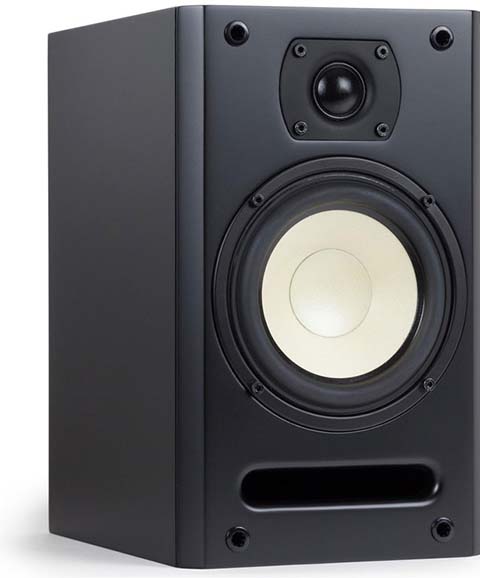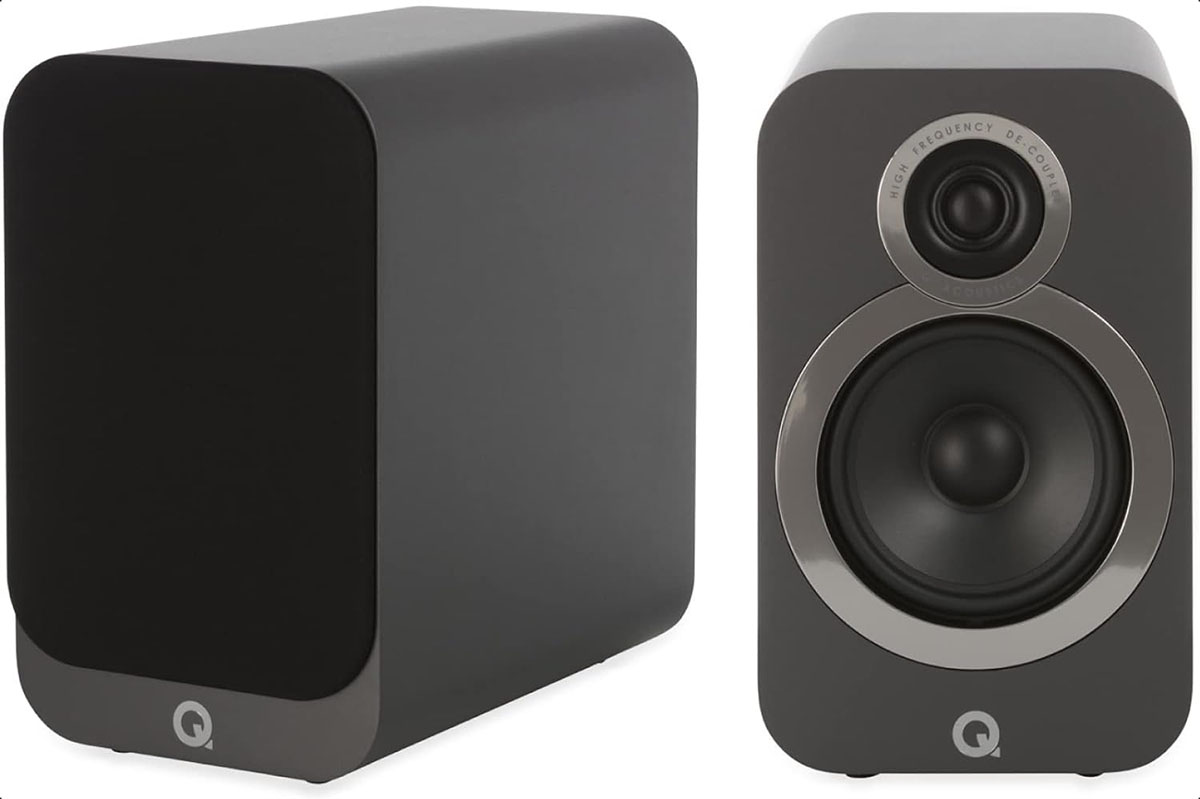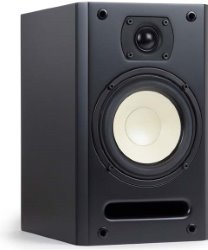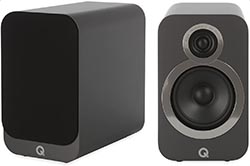HTD Level TWO vs. Q Acoustics 3020i

| HTD Level TWO Bookshelf Speakers | Q Acoustics 3020i Bookshelf Speakers |
| MSRP | |
| $300 | $450 |
| Dimensions (H × W × D) | |
|
11.88” × 7.13” × 10.00” 302mm × 181mm × 254mm |
10.90” × 6.70” × 11.00” 277mm × 170mm × 279mm |
| Power Type | |
| Passive | Passive |
| Frequency Response | |
| 60-20,000 Hz | 64-30,000 Hz |
| ASR Score | |
| n/a | 4.0 |
| ASR Score w/Subwoofer | |
| n/a | 6.4 |
|
HTD.com
|
Amazon.com
|
Key Takeaways
TLDR Summary: In the realm of budget-friendly audiophile delights, the HTD Level TWO and Q Acoustics 3020i bookshelf speakers deliver sterling performance. The HTDs shine with a warm, enveloping soundstage and punchy dynamics, catering to those seeking an immersive experience. Conversely, the 3020is impress with their British lineage, offering a refined, detailed sound and wider dispersion that pleases purists. Both are well-crafted, but aesthetics tilt towards the Q Acoustics with their sleek design. The choice hinges on taste: the HTD's vigor for thrilling movie nights or the Q Acoustics' articulate nuances for discerning music sessions.
Speaker Comparison
When you're on the hunt for the perfect addition to your listening room, the bookshelf speaker category is rife with contenders, each promising an unrivaled audio experience. Among the myriad of options, the HTD (Home Theater Direct) Level TWO and the Q Acoustics 3020i bookshelf speakers stand out for their reputation of delivering performance that belies their modest footprints. There's an undeniable charm to finding that delicate balance between size, aesthetics, and sonic prowess, which these two models strive to achieve.
Design and Build
First up is the visual assessment. The HTD Level TWO speakers flaunt a traditional design ethic with a black ash vinyl finish that's clean and doesn't scream for attention. This allows them to blend into a variety of room decors with ease. On the other hand, the Q Acoustics 3020i boasts a more modern approach with a slight curve on the cabinet edges, reducing resonance and adding a touch of elegance. They come in several finishes, including a glossy white or carbon black, giving a more contemporary vibe that may appeal to the style-conscious audiophile.

 (at HTD.com)
(at HTD.com)Sound Quality - The Heart of the Matter
But, of course, for us audiophiles, while looks can be a plus, it's the sound that truly matters. The HTD Level TWO speakers are adept at delivering a clear and precise midrange, which is ideal for vocal-centric tracks. They have a 1-inch silk dome tweeter paired with a 6.5-inch polypropylene woofer, which together produce a sound that is warm yet detailed. The bass response is respectable for their size, although it doesn't quite plumb the depths of larger floorstanders, which is to be expected.
The Q Acoustics 3020i, in contrast, plays a different tune. With a 0.9-inch decoupled tweeter and a larger 5-inch woofer, they offer a wider soundstage and an impressive level of detail that brings out the nuances in complex arrangements. The bass is punchy and more pronounced, thanks to their larger cabinet volume, and the overall sound is slightly more forward, which can make for a more engaging listening experience depending on your preference.

 (at Amazon.com)
(at Amazon.com)Performance and Versatility
Home theater enthusiasts will appreciate that the HTD Level TWO speakers are designed to integrate seamlessly with HTD's own line of home theater products, ensuring a unified and immersive surround sound experience. They're also quite forgiving with placement, so you don't have to be overly meticulous to get good sound. However, if you're looking to push the speakers to their limits, they may start to show signs of strain at higher volumes. This isn't uncommon with bookshelf speakers but is worth noting for those who like to crank up the dial.
Compare to similar speakers
The Q Acoustics 3020i speakers, on the other hand, exhibit a robust constitution that handles high volumes with grace. This might be due in part to their Point-to-Point (P2P) bracing, which supports the parts of the enclosure prone to vibration, reducing resonance and allowing for cleaner, crisper sound at louder levels. They're also versatile in terms of placement, although they do benefit from a bit of breathing room from the rear wall to optimize bass performance.
In summary, the HTD Level TWO and Q Acoustics 3020i bookshelf speakers both offer exceptional value and performance, but with distinct characteristics that will appeal to different audiences. The Level TWO's provide a cozy and intimate listening experience, perfect for those afternoons spent with a cup of coffee and your favorite singer-songwriter album. They’re speakers that invite you to sit back, relax, and enjoy the subtleties of the music.
Meanwhile, the Q Acoustics 3020i is the choice for listeners who desire a more lively presentation. They're the ideal companions for a diverse playlist, handling anything from the delicate strings of a chamber orchestra to the driving beats of electronic dance music with equal aplomb. Furthermore, their aesthetics and build quality may give them an edge for users looking for a speaker that can double as a statement piece in a modern living space.
Ultimately, the decision between these two will likely hinge on personal preferences in sound signature and usage scenarios. Whether it's the warm embrace of the HTD Level TWO or the spirited performance of the Q Acoustics 3020i, both are worthy of consideration for the discerning audiophile looking to maximize their auditory experience within the constraints of space and budget.
- HTD Level TWO reviews and FAQs
- Q Acoustics 3020i reviews and FAQs
Check Current Prices: |
|
|
HTD.com
|
Amazon.com
|
Affiliate Disclosure: As an Amazon Associate, we earn from qualifying purchases.

